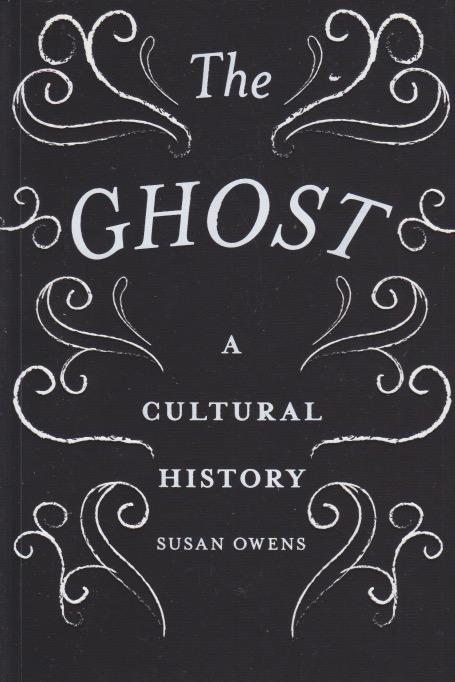
Books on art are often eye-opening to me. When I was young and trying to escape the working-class hell in which I grew up, I discovered high culture. This was mostly through local libraries. I would check out classical music LPs and look at books of classical art. I did the latter until I could identify several artists by their styles. (It was probably originally because they’d painted pictures of Jesus and I went to see what else they’d done.) In any case, I never studied art history. I recently read an art-historian on the Devil, and now I’ve read one (Susan Owens) on ghosts. The Ghost: A Cultural History does not address the question of whether ghosts exist, but rather traces the history of how they’ve been portrayed in literature and art throughout time.
Owens quite ably takes us through ancient to modern, pointing out that ghosts change to fit the Zeitgeist—the spirit of the times (not her pun). In the early modern period ghosts were portrayed as physical revenants. They were dead bodies that came back to physically harm the living. We know this fear was widespread because some burials were clearly intended to keep the dead in their graves. The idea of the physical ghost still comes up in modern horror as the monster you can’t kill because it’s already dead. It was only gradually that ghosts became spirits and this was largely through emphasis on purgatory, which made it possible for the dead not to be in Heaven or Hell. Once the idea caught on the literature and art began to focus on the spiritual nature of revenants. As cultural interests turned towards ruins ghosts inhabited haunted houses.
This is a fascinating study of the way ghosts have evolved over time. One of the things that struck me was that early commentators often didn’t distinguish clearly between ghosts, demons, and devils. Demons, as we think of them, really depend quite a bit on The Exorcist. The use of “devils” in the plural complicates the spiritual geography where we have God v Devil as the main poles of spiritual rivalry. These ideas, and also those of ghosts, likely blended throughout most of history until a renewed emphasis on literalism came in. Medieval scholars composed angelologies and demonologies, trying to keep everything straight. They puzzled over ghosts, however, which don’t fit the scheme very neatly. They would have benefitted, perhaps, if they had had Susan Owens’ book to help guide them. It’s an exciting nighttime journey.
